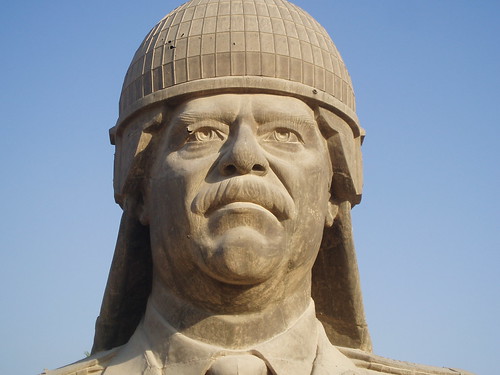
The internal functioning of Saddam Hussein’s Ba’th Party, its relations with Iraq’s military and its resiliency remain poorly understood. However, Joseph Sassoon’s Saddam Hussein’s Ba‘th Party: Inside an Authoritarian Regime sets out to change this. His meticulous study of “liberated” archives – now housed at Stanford University and the University of Colorado – offers a unique insight into Saddam Hussein’s regime that challenges the dominant theories used to explain how he and his party consolidated power.
Rewards and Punishment
From the outset, Sassoon is adamant that the Ba’th Party used rewards and punishment as a strategy to recruit Iraqis into the party apparatus. By 2002, it was estimated that 17% of the population were party members, although the majority of these were in the lower ranks. Their reasons for joining were varied. Whereas some truly believed in the Ba’athist ideology, others were placed under incessant pressure and ideological indoctrination. In return, party members became enmeshed in an intricate system of rewards that ranged from public employment to becoming a “Friend of Saddam Hussein”.
